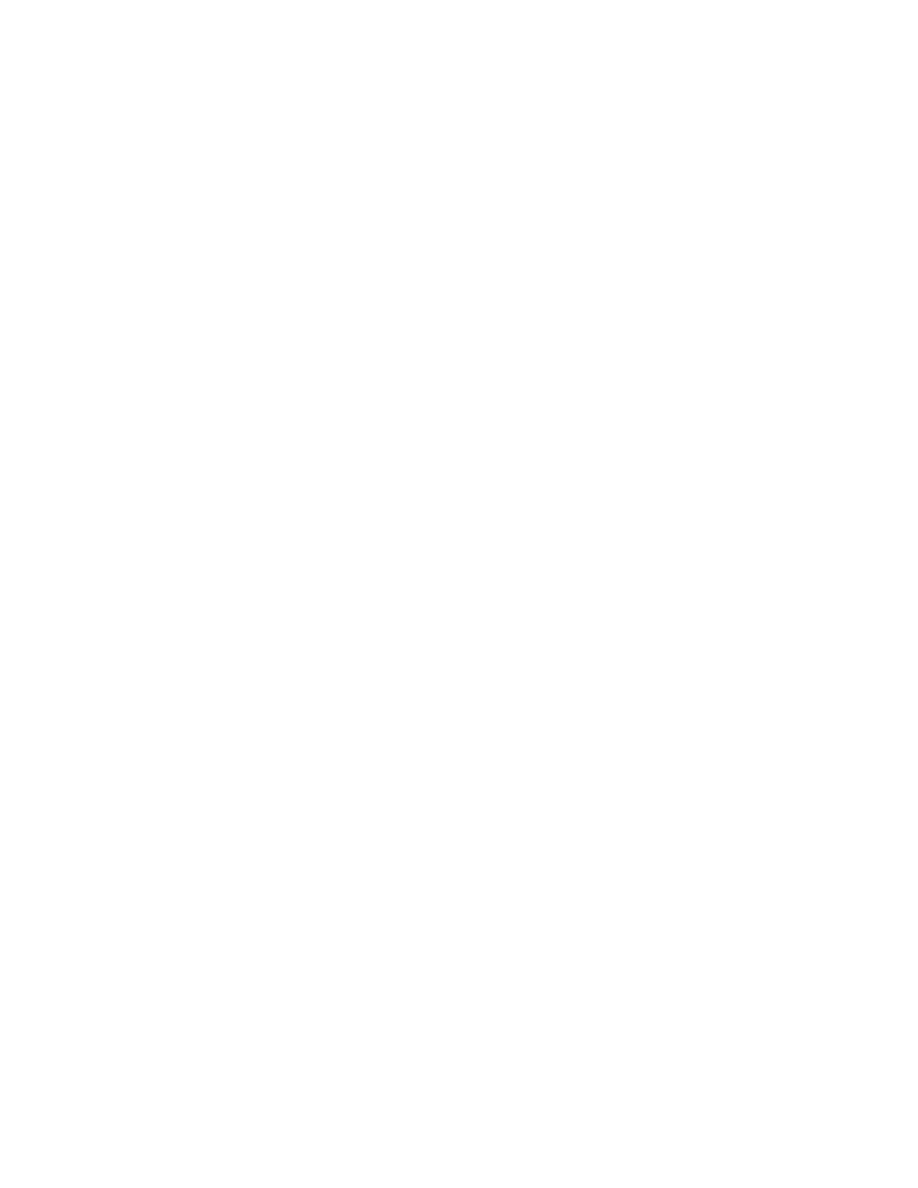
998
14 CFR Ch. I (1–1–14 Edition)
Pt. 43, App. D
execute an FAA Form 337 at least in dupli-
cate. A completed copy of that form shall
be—
(1) Given to the aircraft owner; and
(2) Forwarded to the Federal Aviation Ad-
ministration, Aircraft Registration Branch,
AFS–750, Post Office Box 25504, Oklahoma
City, OK 73125, within 48 hours after the
work is inspected.
(d) For extended-range fuel tanks installed
within the passenger compartment or a bag-
gage compartment, the person who performs
the work and the person authorized to ap-
prove the work by § 43.7 shall execute an FAA
Form 337 in at least triplicate. A completed
copy of that form shall be—
(1) Placed on board the aircraft as specified
in § 91.417 of this chapter;
(2) Given to the aircraft owner; and
(3) Forwarded to the Federal Aviation Ad-
ministration, Aircraft Registration Branch,
AFS–751, Post Office Box 25724, Oklahoma
City, OK 73125, within 48 hours after the
work is inspected.
(Secs. 101, 610, 72 Stat. 737, 780, 49 U.S.C. 1301,
1430)
[Doc. No. 1993, 29 FR 5451, Apr. 23, 1964, as
amended by Amdt. 43–10, 33 FR 15989, Oct. 31,
1968; Amdt. 43–29, 52 FR 34101, Sept. 9, 1987;
Amdt. 43–31, 54 FR 34330, Aug. 18, 1989; 71 FR
58495, Oct. 4, 2006; Amdt. 43–41, 72 FR 53680,
Sept. 20, 2007]
A
PPENDIX
C
TO
P
ART
43 [R
ESERVED
]
A
PPENDIX
D
TO
P
ART
43—S
COPE AND
D
E
-
TAIL OF
I
TEMS
(
AS
A
PPLICABLE TO
THE
P
ARTICULAR
A
IRCRAFT
) T
O
B
E
I
NCLUDED IN
A
NNUAL AND
100-H
OUR
I
NSPECTIONS
(a) Each person performing an annual or
100-hour inspection shall, before that inspec-
tion, remove or open all necessary inspection
plates, access doors, fairing, and cowling. He
shall thoroughly clean the aircraft and air-
craft engine.
(b) Each person performing an annual or
100-hour inspection shall inspect (where ap-
plicable) the following components of the fu-
selage and hull group:
(1) Fabric and skin—for deterioration, dis-
tortion, other evidence of failure, and defec-
tive or insecure attachment of fittings.
(2) Systems and components—for improper
installation, apparent defects, and unsatis-
factory operation.
(3) Envelope, gas bags, ballast tanks, and
related parts—for poor condition.
(c) Each person performing an annual or
100-hour inspection shall inspect (where ap-
plicable) the following components of the
cabin and cockpit group:
(1) Generally—for uncleanliness and loose
equipment that might foul the controls.
(2) Seats and safety belts—for poor condi-
tion and apparent defects.
(3) Windows and windshields—for deterio-
ration and breakage.
(4) Instruments—for poor condition,
mounting, marking, and (where practicable)
improper operation.
(5) Flight and engine controls—for im-
proper installation and improper operation.
(6) Batteries—for improper installation and
improper charge.
(7) All systems—for improper installation,
poor general condition, apparent and obvious
defects, and insecurity of attachment.
(d) Each person performing an annual or
100-hour inspection shall inspect (where ap-
plicable) components of the engine and na-
celle group as follows:
(1) Engine section—for visual evidence of
excessive oil, fuel, or hydraulic leaks, and
sources of such leaks.
(2) Studs and nuts—for improper torquing
and obvious defects.
(3) Internal engine—for cylinder compres-
sion and for metal particles or foreign mat-
ter on screens and sump drain plugs. If there
is weak cylinder compression, for improper
internal condition and improper internal tol-
erances.
(4) Engine mount—for cracks, looseness of
mounting, and looseness of engine to mount.
(5) Flexible vibration dampeners—for poor
condition and deterioration.
(6) Engine controls—for defects, improper
travel, and improper safetying.
(7) Lines, hoses, and clamps—for leaks, im-
proper condition and looseness.
(8) Exhaust stacks—for cracks, defects, and
improper attachment.
(9) Accessories—for apparent defects in se-
curity of mounting.
(10) All systems—for improper installation,
poor general condition, defects, and insecure
attachment.
(11) Cowling—for cracks, and defects.
(e) Each person performing an annual or
100-hour inspection shall inspect (where ap-
plicable) the following components of the
landing gear group:
(1) All units—for poor condition and inse-
curity of attachment.
(2) Shock absorbing devices—for improper
oleo fluid level.
(3) Linkages, trusses, and members—for
undue or excessive wear fatigue, and distor-
tion.
(4) Retracting and locking mechanism—for
improper operation.
(5) Hydraulic lines—for leakage.
(6) Electrical system—for chafing and im-
proper operation of switches.
(7) Wheels—for cracks, defects, and condi-
tion of bearings.
(8) Tires—for wear and cuts.
(9) Brakes—for improper adjustment.
(10) Floats and skis—for insecure attach-
ment and obvious or apparent defects.
VerDate Mar<15>2010
10:12 Mar 18, 2014
Jkt 232046
PO 00000
Frm 01008
Fmt 8010
Sfmt 8002
Y:\SGML\232046.XXX
232046
pmangrum on DSK3VPTVN1PROD with CFR